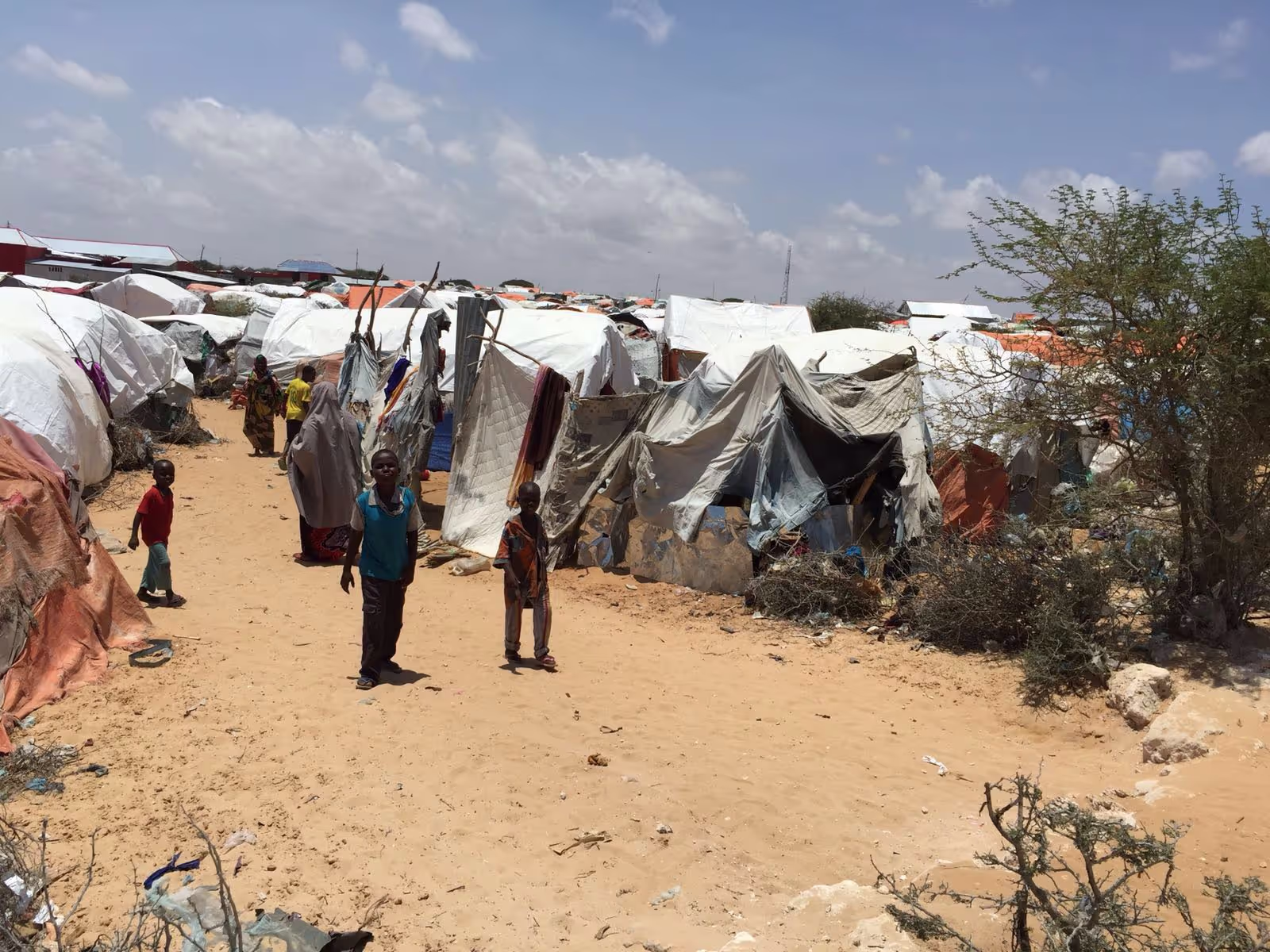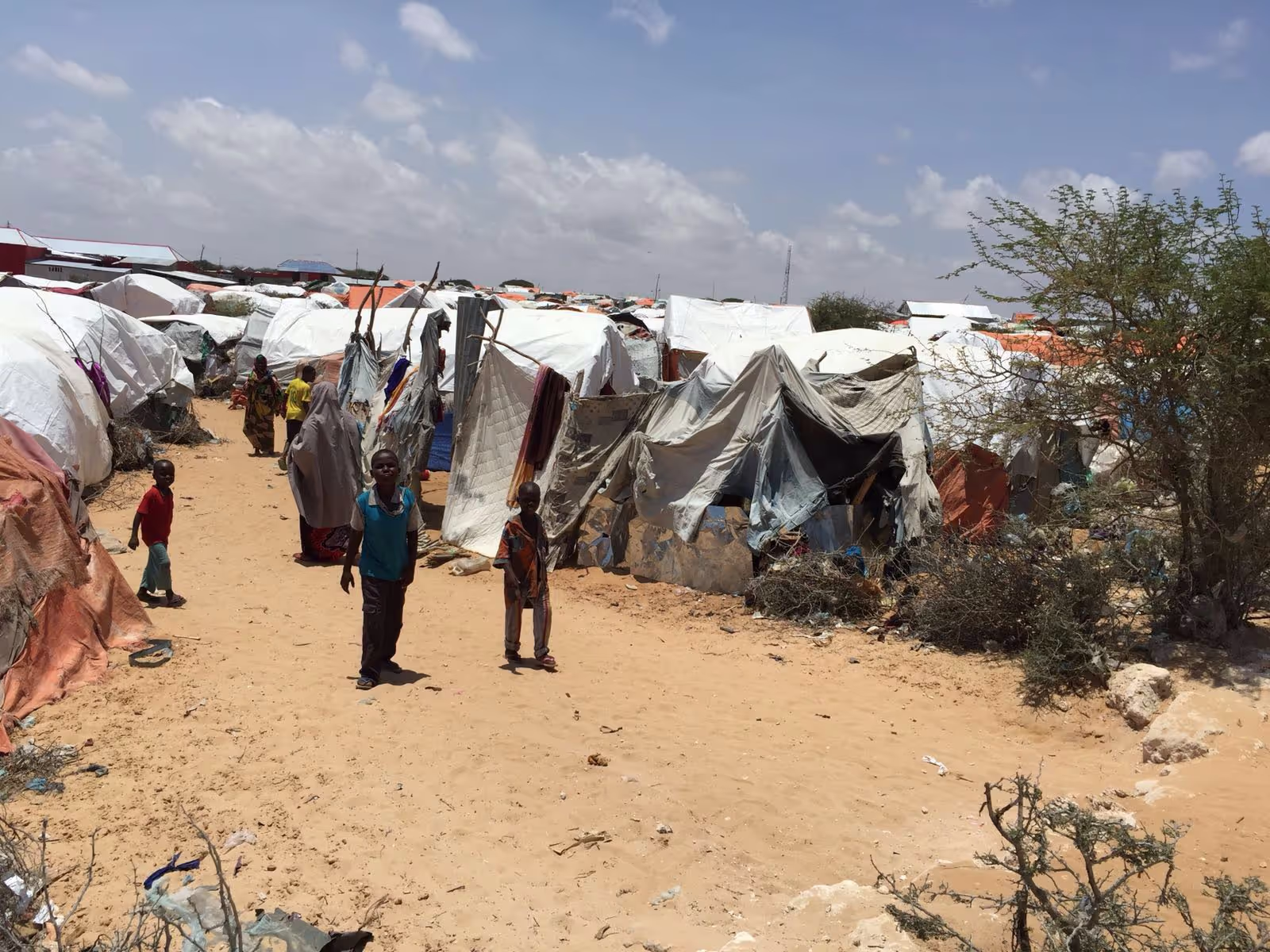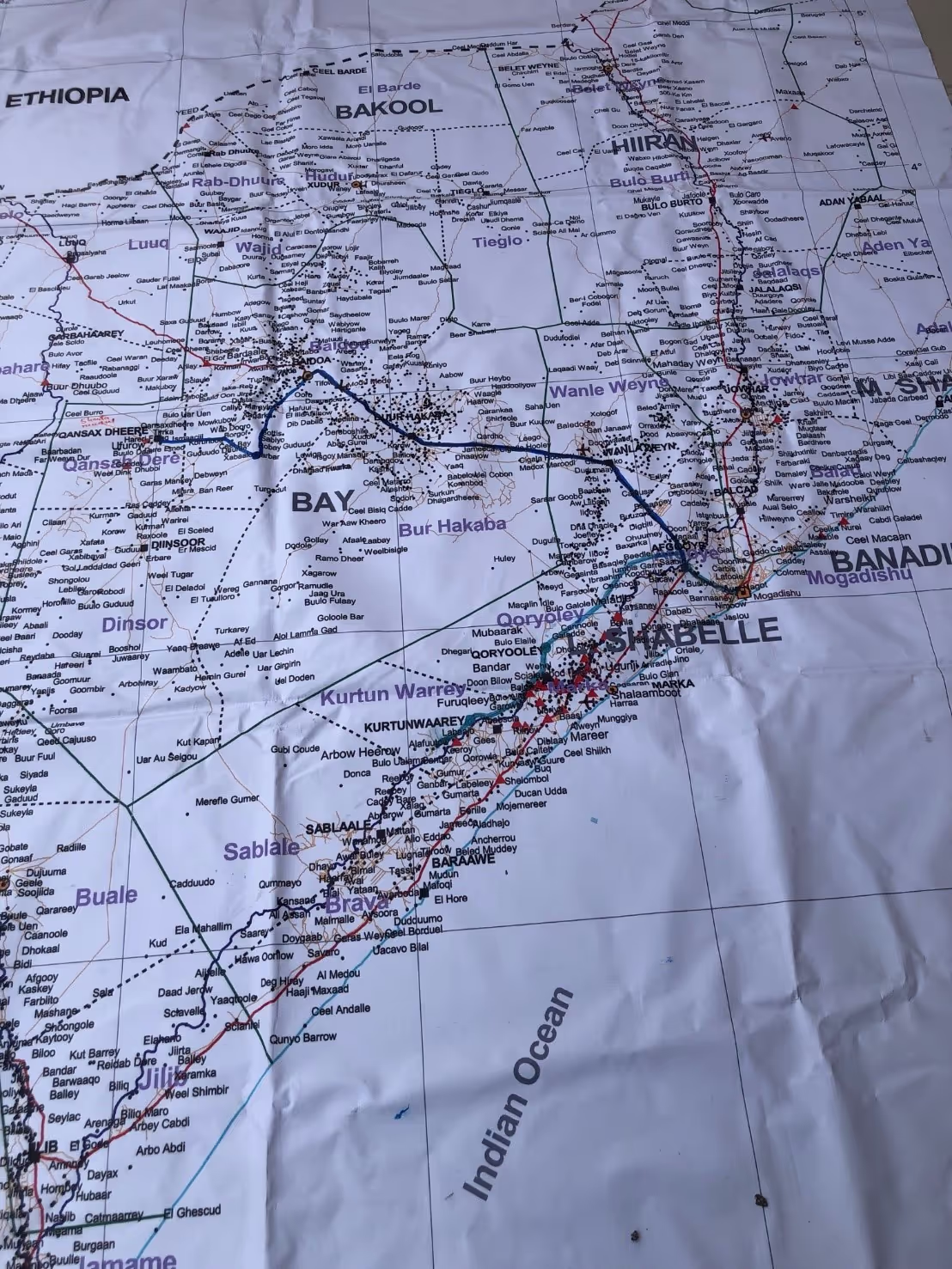Displacement, Migration, and Health in Southern Somalia

Project overview
This qualitative study aimed to enhance understanding of the causes and impact of displacement and migration on the health of internally displaced people in southern Somalia during the 2017 emergency.
Project solution
This project offers [specific solution or intervention] to tackle [challenge]. By implementing [strategies, tools, or innovations], the project aims to achieve [desired outcomes]. The approach is designed to [specific actions or methods] to bring about meaningful change in [community, region, or issue area].
Expected outcomes
This project aims to achieve [specific outcomes], such as [measurable results, improvements, or changes]. The expected impact includes [benefits to the target community, advancements in research or innovation, or long-term effects]. By the end of the project, we anticipate [specific changes or milestones] that will contribute to [broader goals or objectives].
Principal Investigator: Andrew Seal, University College London
Purpose
We will conduct a qualitative study to enhance understanding of the causes and impact of displacement and migration on the health of internally displaced people in southern Somalia during the 2017 emergency.
Our objectives are to:
- Undertake qualitative research to understand when, why, where, and how people decide to migrate.
- Map the migration routes used by a case series of internally displaced people.
- Use the qualitative interviews with newly arriving IDPs to estimate the current humanitarian status in areas of origin that are inaccessible due to poor security.
- Synthesise and share data to influence humanitarian and post-drought recovery programming decisions.
Expected Outcomes
- Better understanding of migration decisions: Effective planning of support to families arriving into IDP camps, returning home, or moving on to different locations will be improved by a better understanding of the factors that drive household decisions. Forecasting of population movements will also be enhanced as a result. In addition, a more in-depth appreciation of the who, why, where, and how of migration, will allow for the rational design of programmes that aim to reduce forced migration and/or reduce the health risks involved in migration.
- Enhanced information from inaccessible areas: Obtaining reliable information on the humanitarian situation within insecure and inaccessible areas is a major challenge in today’s humanitarian operations and is a key factor in Somalia. This study will help inform an improved understanding of the situation in these areas, what the most pressing needs are, and help inform discussions about how relief may be delivered.

Project delivery & updates
Stay up to date with the latest developments from this project. Here, you will find details on what has been delivered, resources created, and regular updates as the project progresses. Access key documents, reports, and other materials to see how the project is making an impact.
Resources
Journal article
LEARN MORE